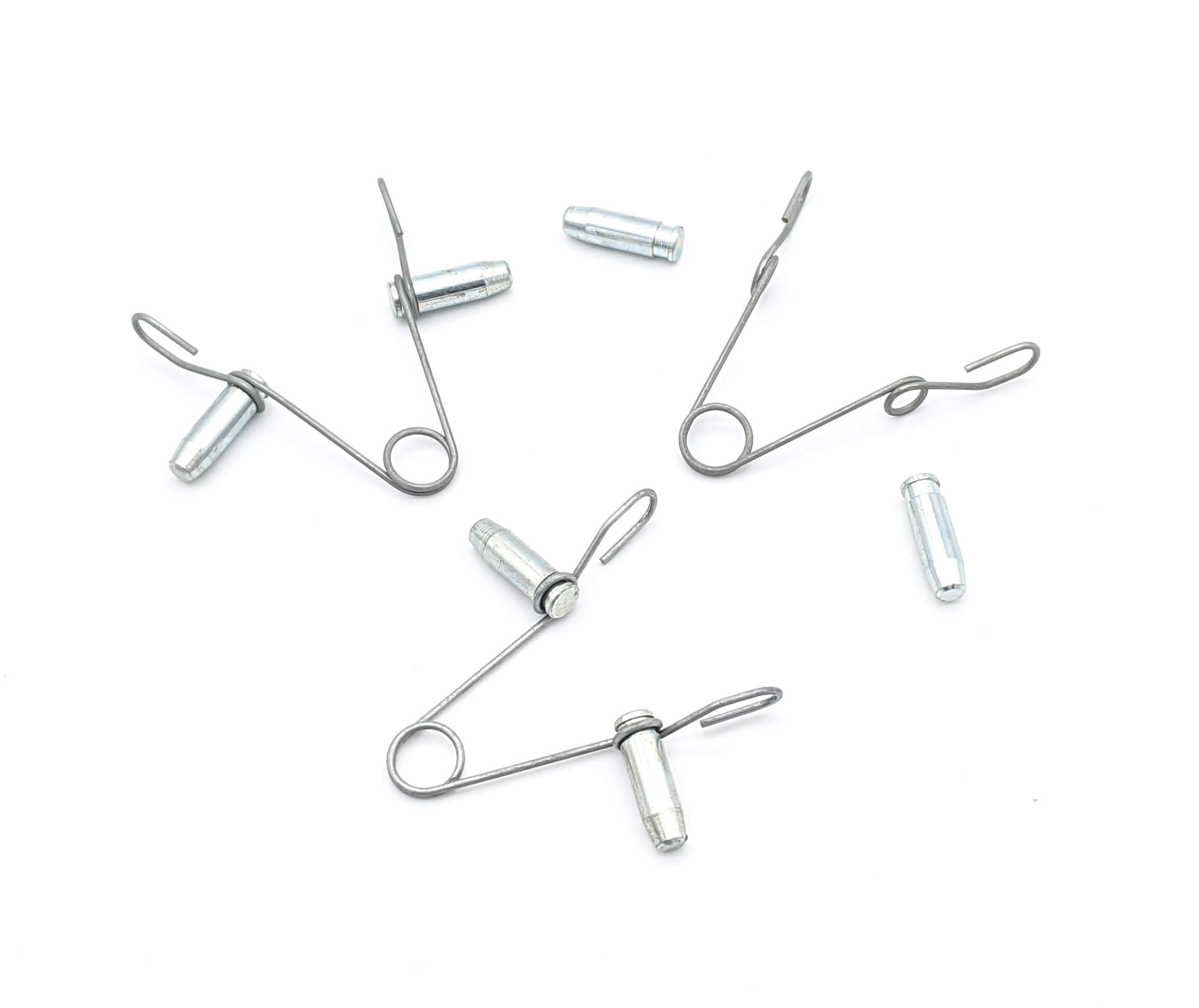Get unique, complex parts easily. No matter your requirements, Chaoyi Spring creates hard-to-produce coil springs and wire forms.
Let us help you create the custom wire form you need, from S-hooks and J-hooks to utility hooks and more.
We work closely with customers across a wide range of industries, helping them design and manufacture made-to-order parts.
Why choose Chaoyi Spring? We prioritize customer-focused collaboration, modern equipment and the latest technology to make your parts per print.
Find the information and guidance you need, from measuring a spring to learning about materials, placing an order and much more.
In the realm of mechanical engineering, springs are ubiquitous components that play a crucial role in countless applications. From simple door hinges to complex automotive suspensions, springs provide essential functions


In the realm of mechanical engineering, springs are ubiquitous components that play a crucial role in countless applications. From simple door hinges to complex automotive suspensions, springs provide essential functions like storing energy, absorbing shock, and maintaining constant force. Among the diverse array of spring types, tension and torsion springs stand out as fundamental elements, each possessing distinct characteristics and applications. While both types are designed to exert force, they operate in fundamentally different ways, making them suitable for specific tasks. This article delves into the intricacies of tension and torsion springs, exploring their defining features, applications, and key differences.

Tension springs, also known as extension springs, are designed to elongate when subjected to a tensile force. Imagine a rubber band; as you pull it, it stretches. Tension springs operate on the same principle, storing energy as they extend and releasing it when allowed to return to their original length. They typically consist of a coiled wire with open loops that are not touching in their relaxed state.
Tension springs find widespread applications in various industries, including:
The primary characteristic of tension springs is their ability to provide a constant force over a specific range of extension. This makes them ideal for applications requiring precise force control and consistent performance.
Unlike tension springs, torsion springs operate by twisting. Picture a spring-loaded door hinge; as you open the door, the spring twists, storing energy. This is a classic example of a torsion spring. Torsion springs are typically coiled with closed loops that touch in their relaxed state. When a torque or twisting force is applied, the spring coils twist, creating a restoring force that attempts to return the spring to its original position.
Common applications of torsion springs include:
Torsion springs are characterized by their ability to resist rotational forces and store energy as they twist. They are particularly well-suited for applications requiring precise torque control and rotational movements.
While tension and torsion springs both function as force-generating devices, they differ significantly in their operating mechanisms, applications, and characteristics.
Operating Principle
Application
Characteristics
Design
Selecting the appropriate spring type for a given application is crucial for optimal performance and functionality. Consider the following factors when making your choice:
Consulting with a spring manufacturer or a qualified engineer can provide valuable insights and assistance in selecting the right spring for your specific needs.
Tension and torsion springs are essential components in various mechanical systems, each offering unique capabilities and applications. Understanding their operating principles, characteristics, and differences is key to selecting the right spring for your project. Whether you're working on a simple door hinge or a complex industrial machine, choosing the right spring can significantly impact the performance and longevity of your product.
In essence, tension springs excel at linear extension, while torsion springs specialize in rotational movement. By carefully considering the type of force, force requirements, deflection range, and space constraints, you can select the spring that best meets the demands of your specific application.
Browse some of the custom wire forms and springs that we manufacture. Don’t see what you need? We specialize in made-to-order products that meet your application requirements.
Visit Our GalleryNeed a custom wire form or coil spring? We make it work. Fill out the contact form and a representative will respond within 1 business day. If you have a PDF or CAD file, you can submit to request a quote.